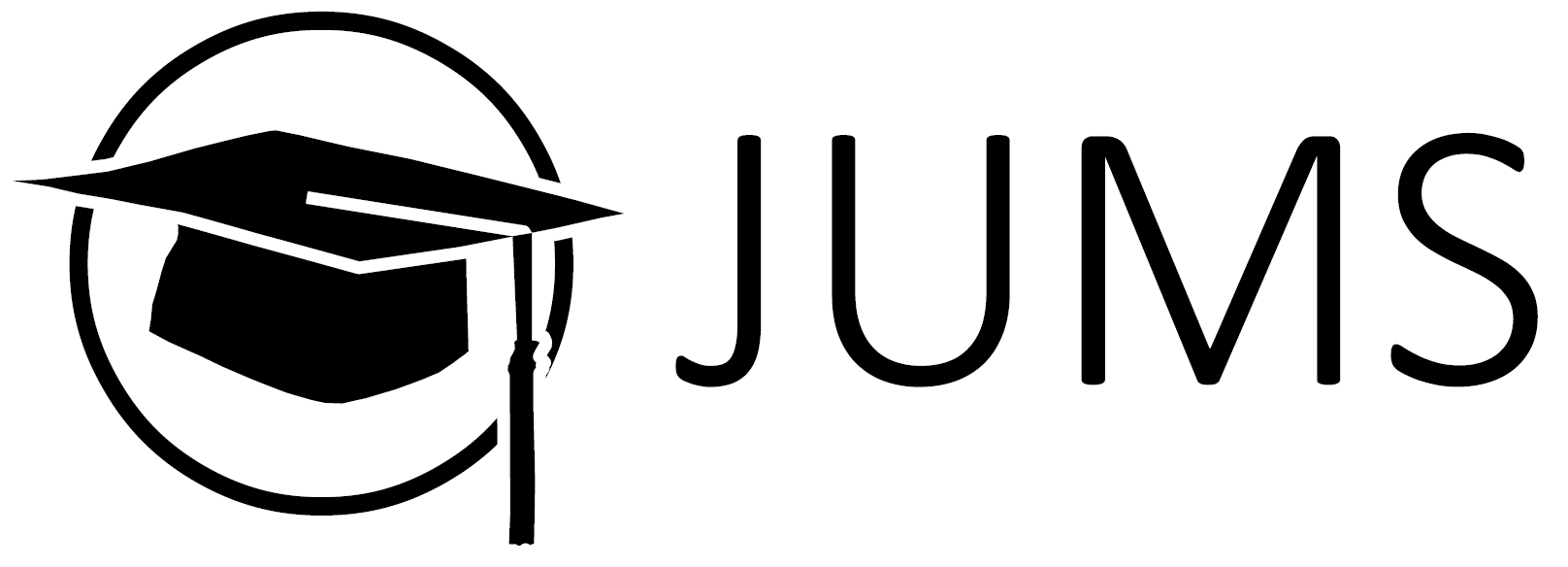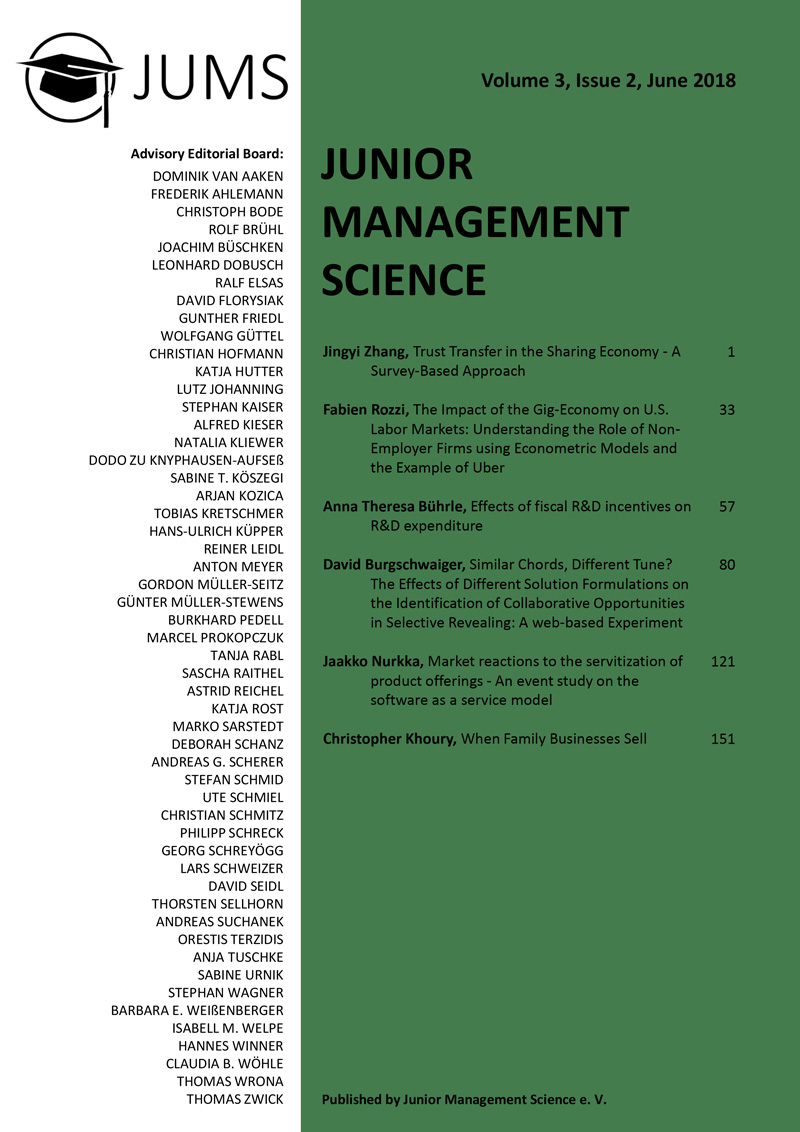Abstract
As selective revealing is being recognized as a new means to find collaboration partners, little attention has been paid on how selectively revealed solutions are best formulated in order to be positively perceived. Prior research has highlighted that technological gatekeepers, i.e. individuals with who handle the R&D communication network and hence potential recipients of revealed knowledge, rely on cognitive and perceptual abilities during the recognition and evaluation of novel technologies. To enrich existing knowledge about opportunity recognition in selective revealing, this study took a cognitive perspective and intended to explore the effects of different formulated revealed solutions on the identification of collaborative opportunities. By priorly manipulating the superficial and structural commonalities of two revealed solutions conducted in collaboration with industry experts, I designed a 2*2 within-subject experiment to validate whether such an induction of analogies increases the percipience of a selectively revealed opportunity. The data, which was attained during an online-experiment with university students from different fields of studies also included individual factors such as prior knowledge about markets and technologies, creative ability (proxied by divergent thinking test and creative self-efficacy) and other demographic characteristics. The gathered data was analyzed through a linear-mixed effect model to capture the repeated design of the experiment. The computation illustrated that relational commonalities between a market and a revealed solution considerably improved the perception about a revealed solution and the willingness to engage a collaboration. In addition, the results demonstrated that superficial similarities facilitate the retrieval of analogies from structural commonalities. For the individual factors, the provided evidence could not support the initial hypotheses that individual creativity and prior knowledge positively moderate the effects of superficial and structural similarities. Contrarily, the results revealed negative moderating effects of creativity and the field of study. Despite further research is necessary, this study delivered implications for both ends of the information flow in selective revealing by conjointly examining the effects of selectively revealed opportunities and personal traits, and enriched this field of study through comprehending the drivers of early action in open innovation and strategic renewal. As selective revealing is being recognized as a new means to find collaboration partners, little attention has been paid on how selectively revealed solutions are best formulated in order to be positively perceived. Prior research has highlighted that technological gatekeepers, i.e. individuals with who handle the R&D communication network and hence potential recipients of revealed knowledge, rely on cognitive and perceptual abilities during the recognition and evaluation of novel technologies. To enrich existing knowledge about opportunity recognition in selective revealing, this study took a cognitive perspective and intended to explore the effects of different formulated revealed solutions on the identification of collaborative opportunities. By priorly manipulating the superficial and structural commonalities of two revealed solutions conducted in collaboration with industry experts, I designed a 2*2 within-subject experiment to validate whether such an induction of analogies increases the percipience of a selectively revealed opportunity. The data, which was attained during an online-experiment with university students from different fields of studies also included individual factors such as prior knowledge about markets and technologies, creative ability (proxied by divergent thinking test and creative self-efficacy) and other demographic characteristics. The gathered data was analyzed through a linear-mixed effect model to capture the repeated design of the experiment. The computation illustrated that relational commonalities between a market and a revealed solution considerably improved the perception about a revealed solution and the willingness to engage a collaboration. In addition, the results demonstrated that superficial similarities facilitate the retrieval of analogies from structural commonalities. For the individual factors, the provided evidence could not support the initial hypotheses that individual creativity and prior knowledge positively moderate the effects of superficial and structural similarities. Contrarily, the results revealed negative moderating effects of creativity and the field of study. Despite further research is necessary, this study delivered implications for both ends of the information flow in selective revealing by conjointly examining the effects of selectively revealed opportunities and personal traits, and enriched this field of study through comprehending the drivers of early action in open innovation and strategic renewal.
Keywords: Selective Revealing, Opportunity Recognition, Open Innovation, Analogical Reasoning, Gatekeepers

